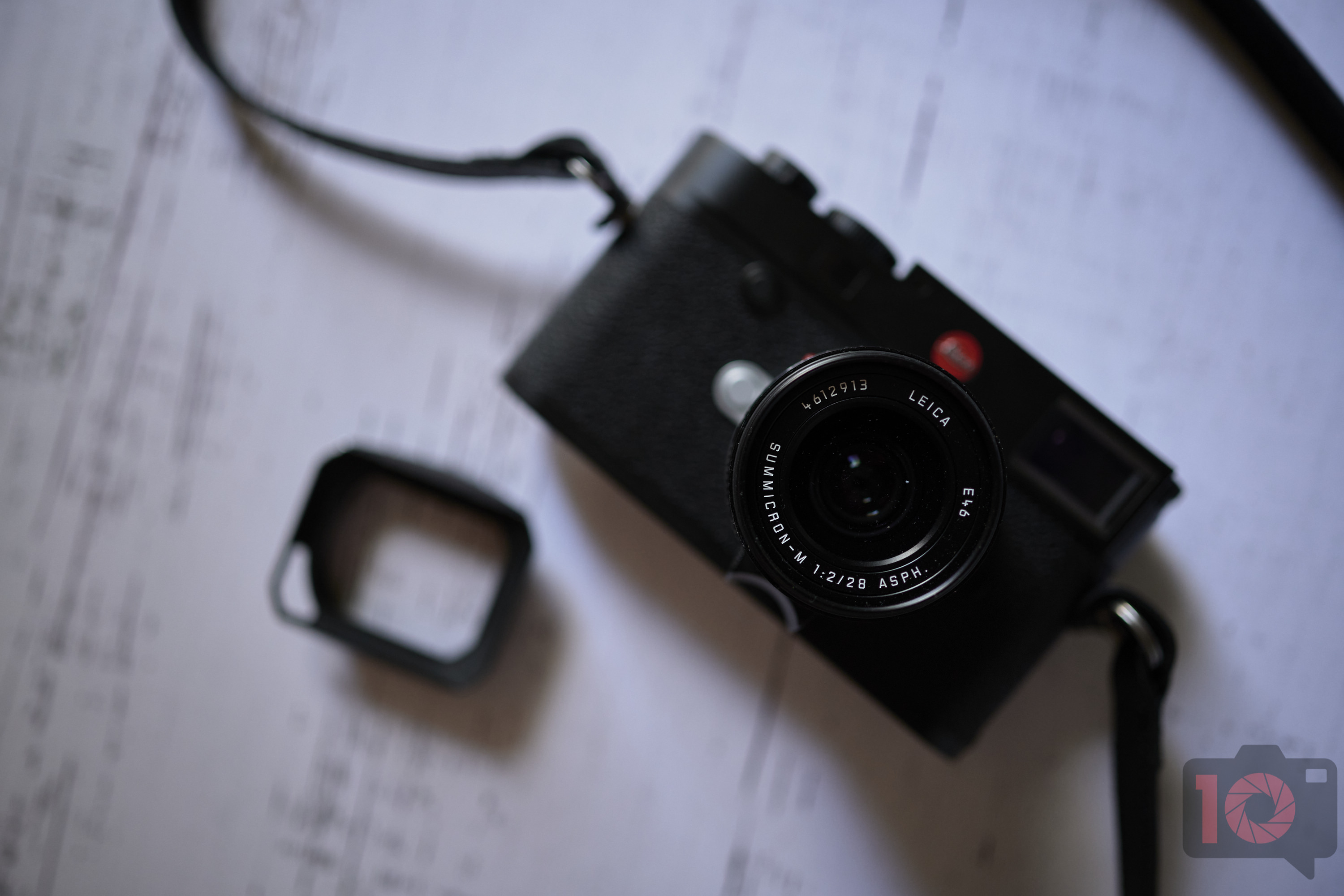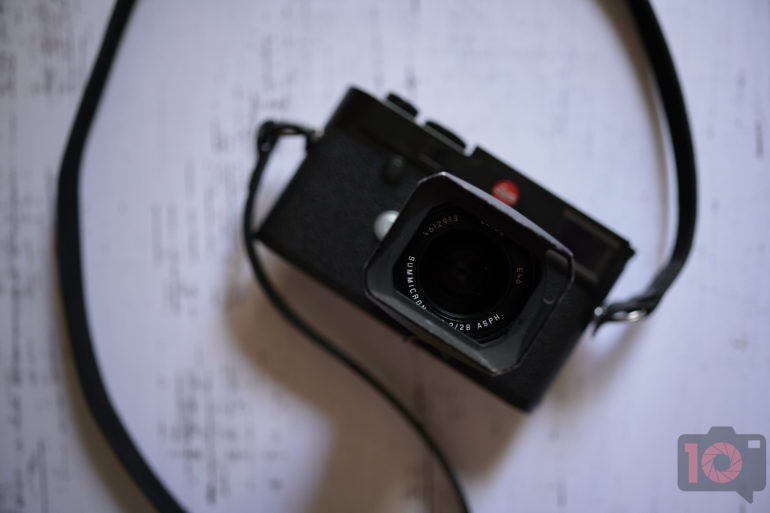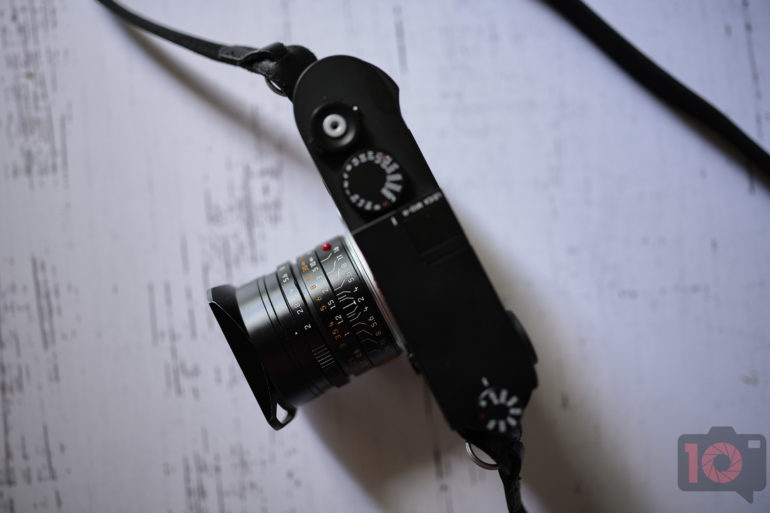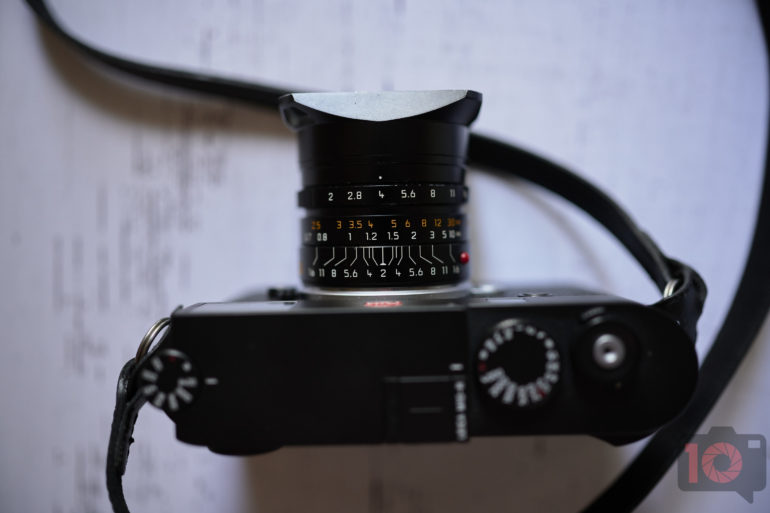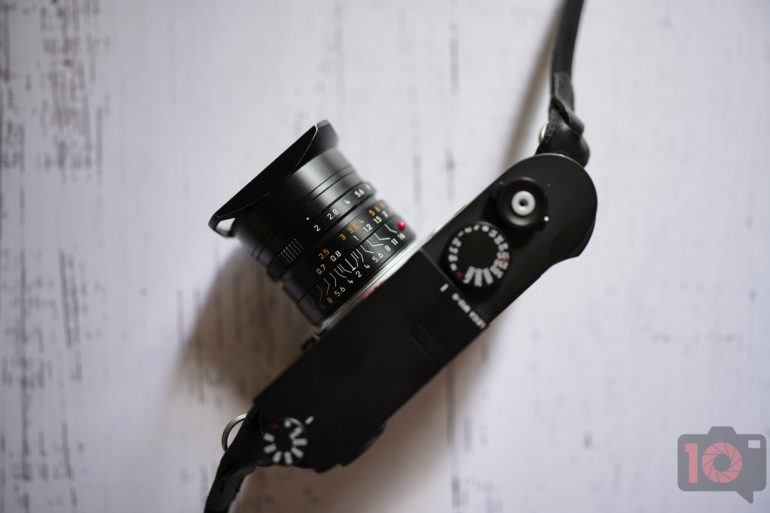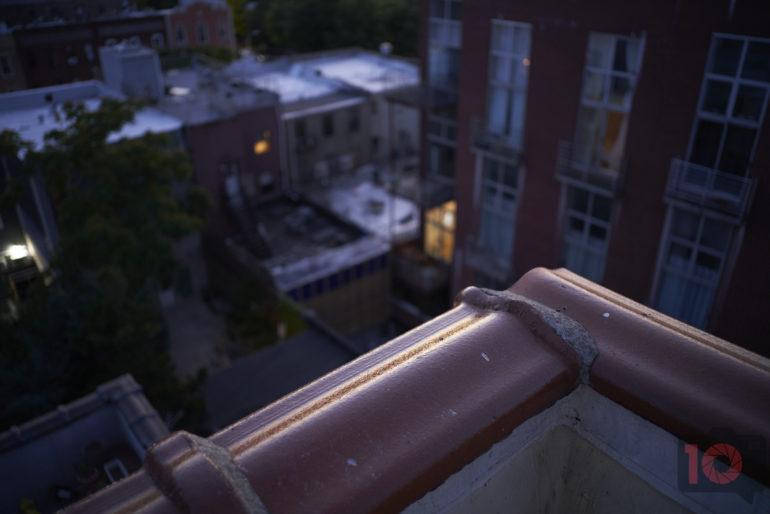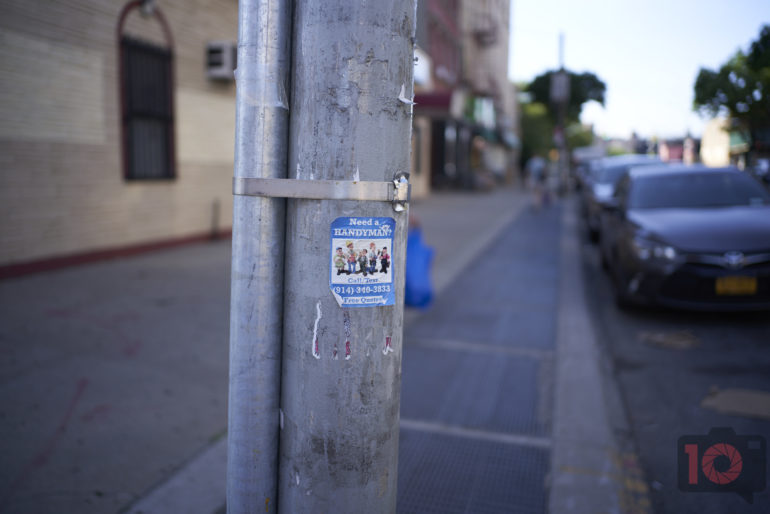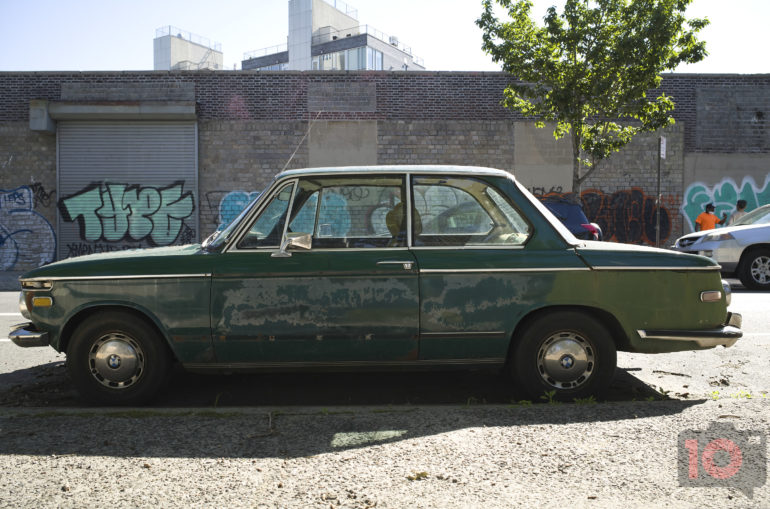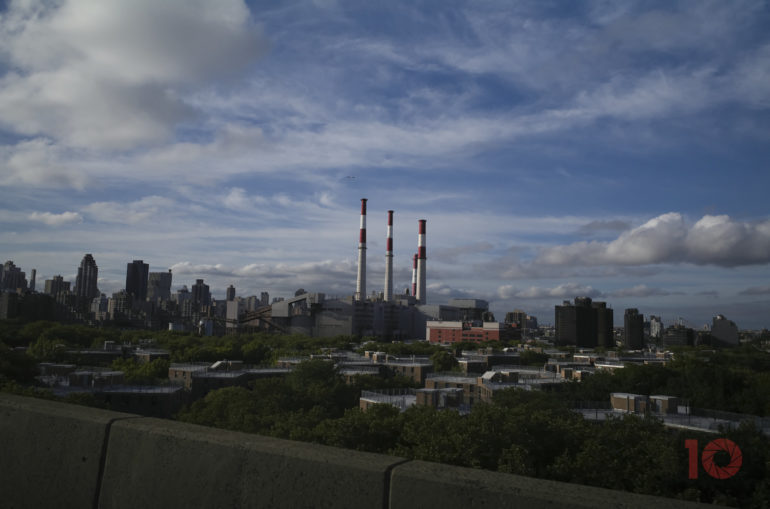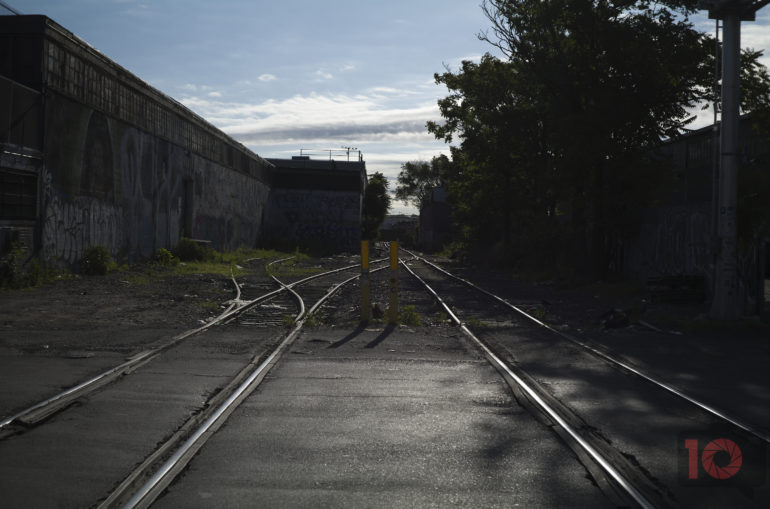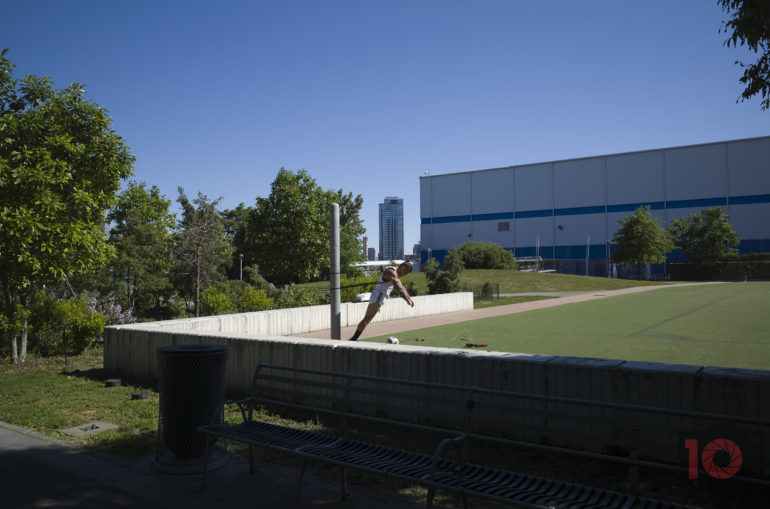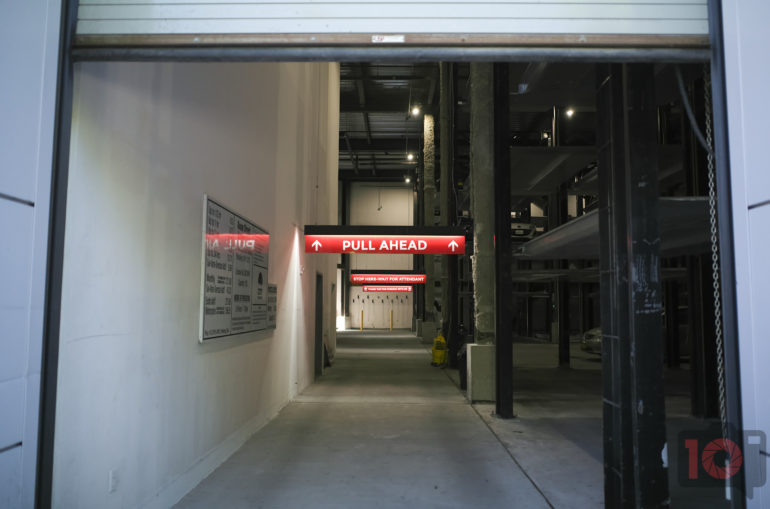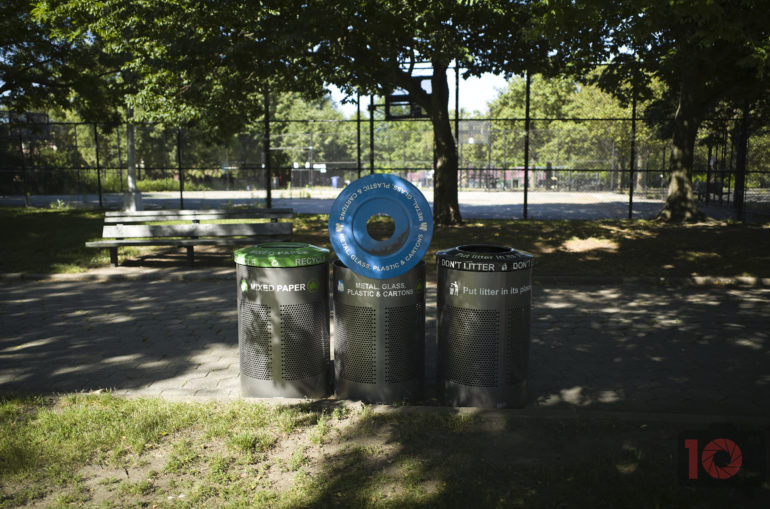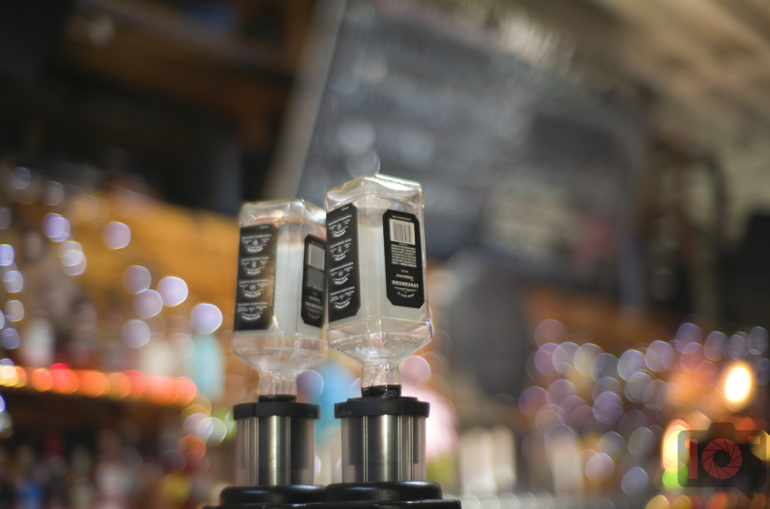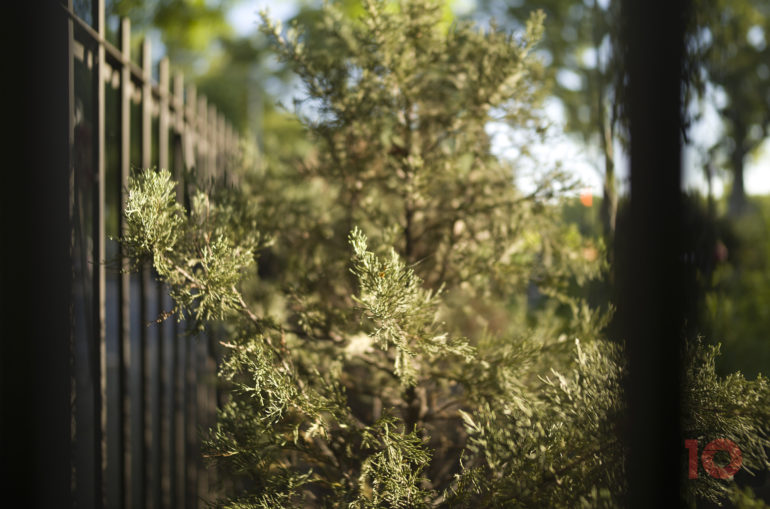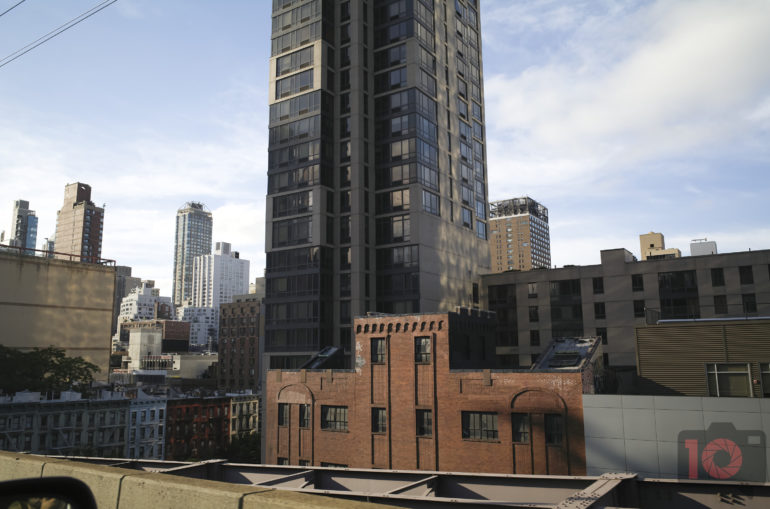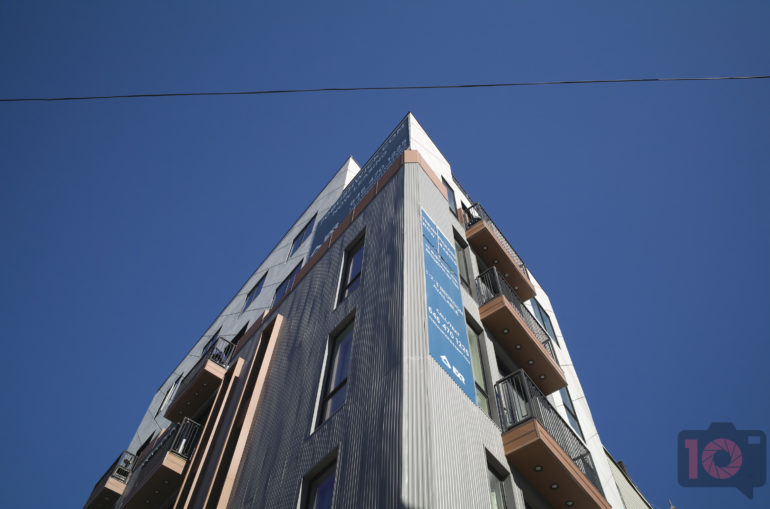The Leica 28mm f2 Summicron is a beautiful lens, but if you’ve used their f1.4 Summilux, then you can’t go back to the f2.
When I got the Leica 28mm f2 Summicron ASPH, I was pretty excited. I’ve always loved the feeling of the company’s small Summicron lenses. In hand, they just feel right and perfectly mated to the Leica M bodies they attach to. Indeed, the Leica 28mm f2 Summicron ASPH is very much a tactile experience as it is a godsend of image quality for some. If you’re a fan of muted colors and a cinematic look, then you’ll adore the Leica 28mm f2 Summicron ASPH. But if you want more resolution, you’re best off mating this lens to a third-party camera. If you want colors that pop, you should probably reach for their f1.4 variant. And if you’re going to stop this lens down a lot, then it may be even better for you to reach for a more affordable, slower aperture lens.
Table of Contents
Pros and Cons
Pros
- Sharp, but I’ve seen much better
- Beautiful, subtle colors
- Nice bokeh
- A joy to use partially because of the size and the zone focusing scale
- So incredibly small
Cons
- I guess this can go without saying, but I like their Summilux f1.4 lens so much more
Gear Used
We used the Leica 28mm f2 Summicron on the Leica M10R and the Sony a7r III.
Tech Specs
Tech specs are taken from the LensRentals listing.
| Angle of View | 75° |
| Aperture | f2.0-16 |
| Autofocus | Manual Focus Only |
| Brand | Leica |
| Diameter | 2.1″ |
| Dimensions | Length: 1.6″ |
| Filter Size | 46.0mm (nonrotating) |
| Filter Style | nonrotating |
| Focal Length | 28.0-28.0 |
| Groups/Elements | 6/9 |
| Hood Included | Yes |
| Image Stabilization | No |
| Item Type | Lens |
| Lens Type | Wide Angle |
| Max Aperture | 2.0 |
| Maximum Magnification | .045x |
| Minimum Aperture | 22.0 |
| Minimum Focusing Distance | 2.3feet |
| Mount | Leica M |
| Weight | 9.5 oz. |
Ergonomics
The Leica 28mm f2 Summicron ASPH is a sturdy, petite lens for the M mount. For those who like quirks, you’ll probably appreciate the square lens hood filter. If you’re newer to the photography world, then you’re probably less familiar with this style. Personally, I like it more than the petal hoods I’ve seen from Japanese companies. Said hood also comes off by unscrewing it from the lens. It, along with the lens, are both made of metal.
Here’s what you’ll most want to pay attention to. The top of the lens helps you dial in the appropriate controls. You set the aperture and focus here. When you focus, there is also a zone focusing scale/depth of field scale to tell you how much will be in focus at a give distance and aperture setting. The Leica 28mm f2 Summicron ASPH is one of the best for this partially because of the focal length’s nature. The wider the lens, the easier it is to zone focus. And at 28mm, you get a balance of usability and versatility.
Build Quality
The Leica 28mm f2 Summicron ASPH is made of all metal. In recent times, I’ve come to appreciate metal lenses so much more. I’m currently testing a harness that is designed to hold cameras in place. Principally, it serves to replace a camera strap. While using it with the Olympus Micro Four Thirds system, a plastic lens broke. But a metal lens only received a dent on the lens hood. It continues to function otherwise just fine. And that’s why I’ll always appreciate metal construction. But note that the Leica 28mm f2 Summicron ASPH doesn’t have proper weather sealing. Leica states that their cameras and lenses can resist rain and pretty much anything else. Indeed, their cameras and lenses are the centers of stories regarding durability. But the company will never outright tell the public that they’re built for those things.
Ease of Use
This lens is pretty straightforward and easy one to use. If you zone focuse or know how to use manual focus lenses for the best effect, then you won’t have a problem. It’s also so great to use because of the relatively short but accurate focus throw. You can look through the viewfinder, LCD screen, or the EVF and get the focus right. But for your convenience, we’ve posted our video from a few years ago about how to focus on a rangefinder camera.
Focusing
Focusing is done manually. If you hate manually focusing, I recommend that you give it a shot, breathe, and learn to slow down. It’s an entirely different world altogether. Again, you can see how to zone focus and focus a rangefinder in the video above.
Image Quality
The Leica 28mm f2 Summicron ASPH is a fixed lens when it comes to image quality, but it’s not the Summilux. Personally, I like the Summilux so much more as it renders a more magical color and sharpness than the f2. Lots of photographers may prefer the f2 because of the small size. If you’re a Leica shooter, then you’re probably going to be stopping the lens down anyway. So technically, you don’t need an f1.4 lens. If you get the f1.4 aperture, it’s because you shoot a lot in low light or you like bokeh. But the f2 lens should be enough for most conditions. Considering that it’s over $4,000 though, I’m a bit torn on whether or not I’d actually buy it brand new.
Bokeh
The bokeh from the Leica 28mm f2 Summicron ASPH is hazier than it is creamy. It’s pleasing for sure. Because of the muted look, you don’t really get the pop that you would otherwise from faster lenses. There isn’t a lot of micro-contrast. And if you’re looking for a more subtle look, then you’ll adore the Leica 28mm f2 Summicron ASPH. But personally, with a Leica, I’ve never been a fan of their more subtle looks. I like big, bright, punchy, pop in my images.
The two images above are from the Leica 28mm f2 Summicron ASPH. Below, the two images are from the 28mm f1.4 Summilux.
Maybe it’s just me, but the 28mm f1.4 has a lot more micro-contrast and looks gorgeous.
Sharpness
The Leica 28mm f2 Summicron ASPH is sharp without being overly intense. And if you’re doing environmental portraits, then you’ll like this. Otherwise, I personally think that this lens could be sharper wide open. However, they’ve got other lenses for that. Stopped down, though, the Leica 28mm f2 Summicron ASPH is plenty sharp, especially on the Leica M10R at low ISO settings.
Chromatic Aberration
Luckily, we didn’t find any issues with fringing on the Leica 28mm f2 Summicron ASPH. The low contrast look helps out for that.
Color Rendition
We didn’t test this on film, but the Leica 28mm f2 Summicron ASPH produces more muted colors. With the Leica M10R at higher ISO settings, the colors sort of fall off. But I’ll blame the camera for that. At lower ISO settings, you’re taking full advantage of what this lens can do. And overall, it’s pretty cinematic. It reminds me a bit of a beautiful movie.
Extra Image Samples
Conclusions
Likes
- Small size
- Muted colors
Dislikes
- Price
- Lack of contrast and pop
The Leica 28mm f2 Summicron ASPH is just okay. As Brett likes to say, it’s “Nice.” But it doesn’t have anything really about it that would make me want to buy it outright. My favorite Leica lens is the 35mm f1.4 Summilux. The 28mm isn’t bad at all. But I’m just not sold on it, especially at the price tag. However, someone else can easily be. For what it’s worth, you can currently get a higher resolution image from the Leica 28mm f2 Summicron ASPH on lots of other camera systems besides Leica. Put it on a Panasonic S1R, Nikon z7, or a Sony a7r III/IV, and you’ll get better results. And to me, it’s a bit sad that I can’t resolve more from Leica’s own cameras.
The Leica 28mm f2 Summicron ASPH receives three out of five stars.


